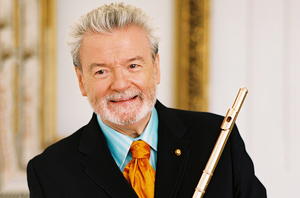 Sir James came to town with his golden flute.
Sir James came to town with his golden flute. More to the point, he remains an impressive master of his instrument. Throughout the concert, his distinctive tone was much in evidence: clear, articulate, and as bright as the sun. He wasn’t always perfectly in tune (he tends to sharpness), but his big sound filled the hall with a presence and immediacy that made every note he played come alive. Moreover, he possesses such a deeply ingrained technique that his flute seems to play itself.
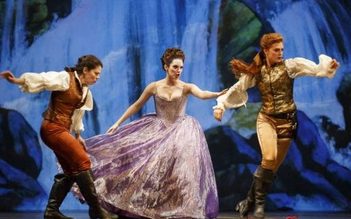
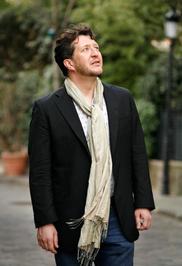
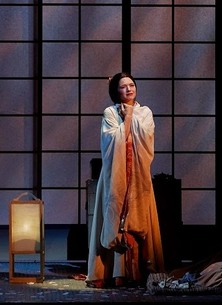
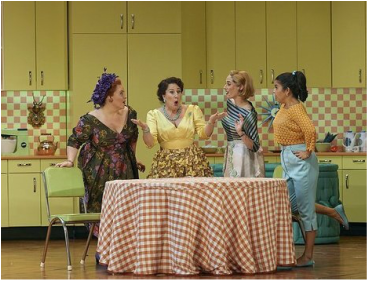
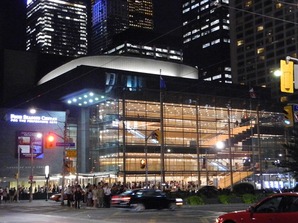
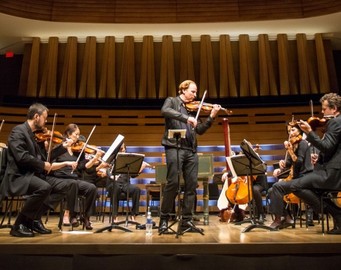
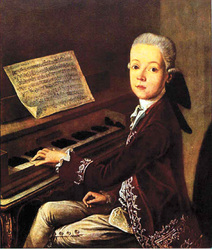
 RSS Feed
RSS Feed

